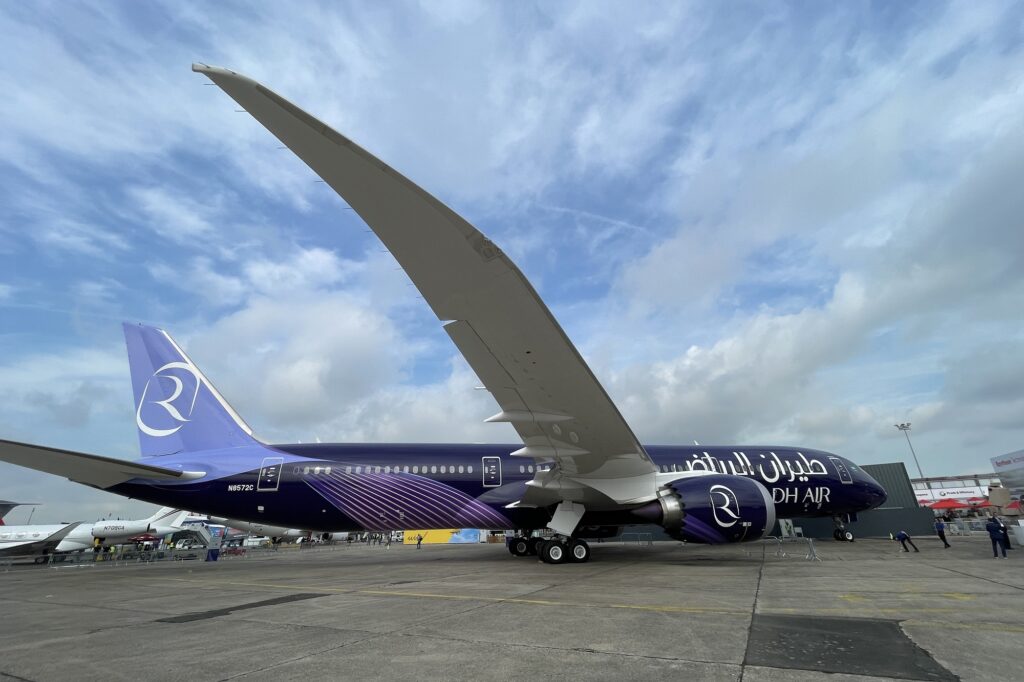The Financial Times has published some details about the strategy of Saudi Arabia’s new airline, Riyadh Air, which has been a subject of speculation since the carrier was presented in March 2023.
Quoting Riyadh Air’s CEO, Tony Douglas, the FT reports the new carrier, which is expected to launch in 2025, will focus on traffic to and from Saudi Arabia, rather than compete head on with the likes of Qatar Airways and Emirates. These two next-door competitors have built their business by turning Doha (DOH) and Dubai (DXB) airports, respectively, into major global connecting hubs.
Tony Douglas was previously CEO of Etihad, an airline that has also built a global hub at Abu Dhabi (AUH), albeit on a smaller scale than the other two aforementioned Gulf airlines.
This focus on Saudi Arabia appears to be consistent with the country’s plans to become a major international tourist destination on its own right.
The Middle Eastern kingdom is planning to invest over US$ 100 billion in a string of tourism development projects within its “2030 Vision” economic development strategy.
Saudi Arabia aims to attract 100 million annual visitors by the end of the decade and, to this end, has kick-started numerous initiatives, ranging from airport construction and expansion to the development of seaside resorts and futuristic new cities.
Douglas also confirmed the airline is interested in building a narrow body fleet that enables it to serve up to a 100 destinations by the year 2030 in what he defined as a “super aggressive” growth plan.
Riyadh Air is said to be looking for at least 150 narrow body aircraft, with the Boeing 737 MAX reportedly being the leading contender, to add to the 39 Boeing 787s (plus 33 options) that it ordered earlier in 2023. However, these figures appear to be but a small portion of a projected fleet that, according to some reports, could reach 300 to 400 aircraft.

